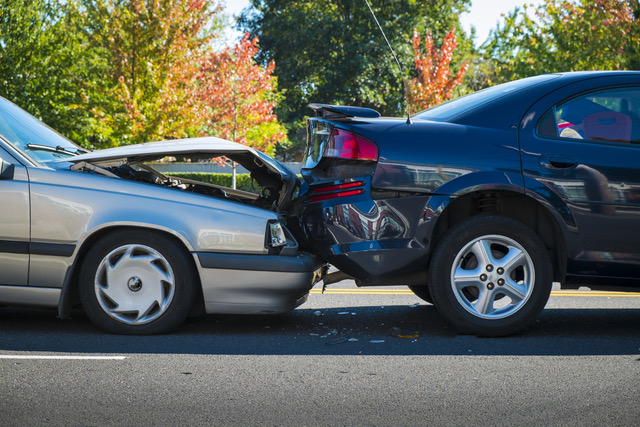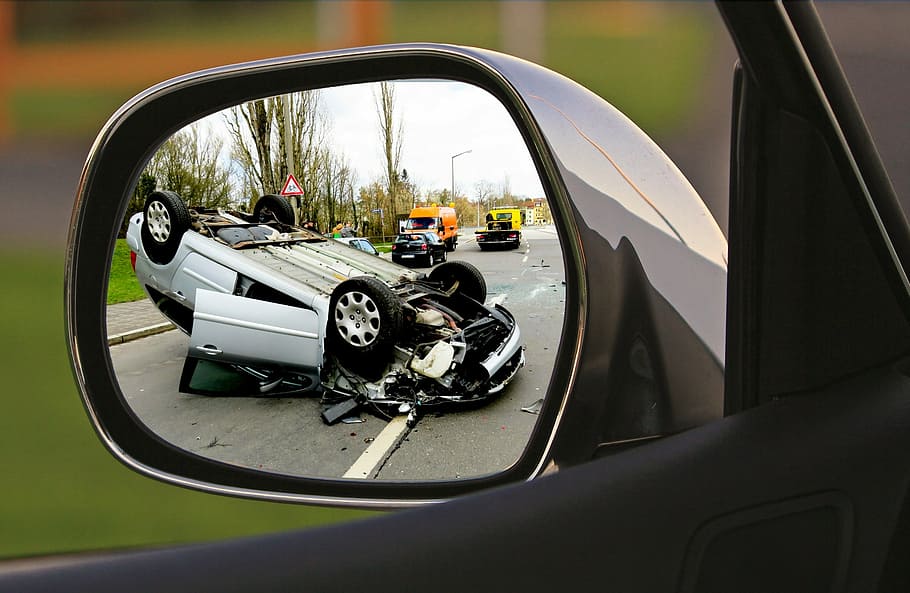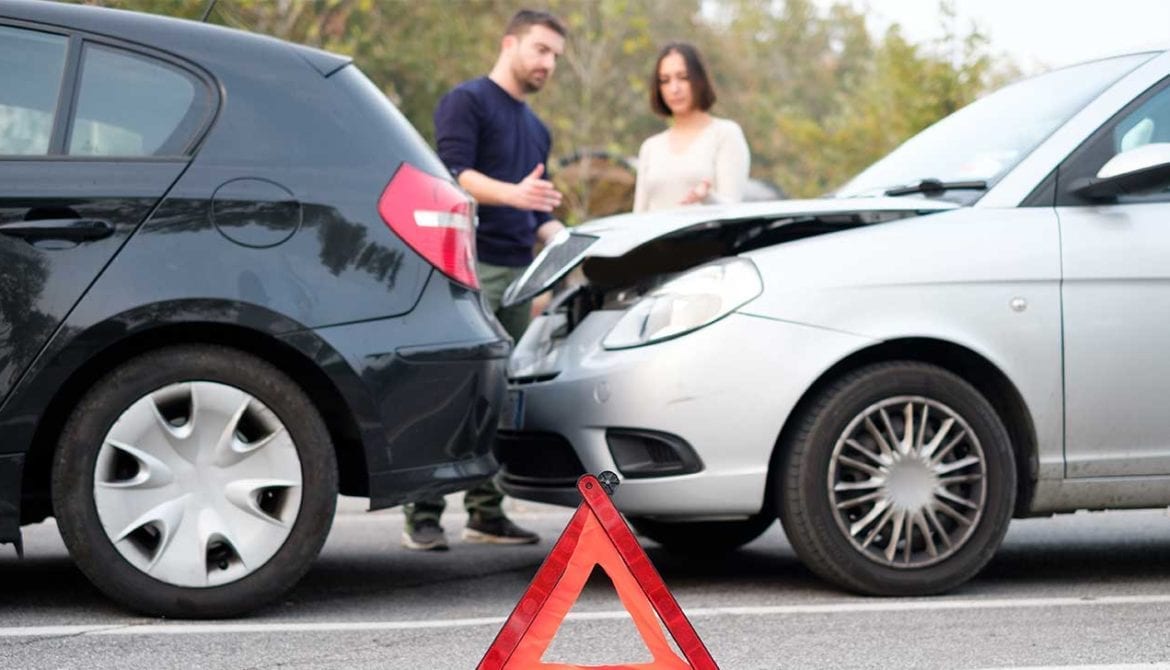
Filing for compensation after a car accident requires that you prove that the offending party was negligent. It is not a simple task because the offending party will often include his lawyer and an insurance company. In some states such as Michigan, you can only file a no-fault claim. To bring a claim directly to the at-fault party in Michigan car accidents, your injury and damage must meet certain requirements.
To properly prove negligence, you need to understand the concept of negligence in a car accident, the possible defenses to a negligence claim and how to counter them; and understand legal driving duties and how they can be ignored by a driver.
What is Negligence in a Car Accident?
Negligence refers to the careless conduct of a driver on the road which results in harm to another road user. Driving often includes rules set by the state government such as obeying speed limits, not drinking and driving and not texting and driving. These rules are meant to be strictly followed by drivers as even a second of inattentiveness can result in accidents that may cause injury or loss of lives.
When the negligence of a driver results in an accident, the victim is allowed to file a claim or lawsuit making the driver liable for the victim’s injuries and other damages. This often requires the at-fault party to pay compensation.
The Duties of Driver to Other Road Users
Every driver has a duty to other road users to drive carefully and reasonably to avoid causing harm to others. Below are some of the duties of a driver to other road users:
Every Driver Should Drive a Reasonable Speed
All roads have speed limits that were put there by the appropriate bodies and the government. Every driver must drive within the speed limit. In some cases, driving at exactly that speed limit can be considered negligent if other conditions such as bad weather and poor visibility require additional care and caution.
In addition to driving within the speed limit, drivers should also respect road signs such as traffic lights, animal crossing signs, stop signs, no parking signs, no overtaking signs, pedestrian crossing signs and no u-turn signs.
All Vehicles on the Road Should Meet the Standards
Bad vehicles with issues such as faulty breaks or lights should not be on the road at all. A car should be in good working condition to not put both the car driver and other road users in danger. A faulty car should be taken for repair as soon as possible.
A Car Driver Should Maintain Proper Vigilance
Drivers should always be alert when they are on the road. Vehicles, Pedestrians, and even cyclers should be within the visibility of a driver as prudence is required when on the road. Many avoidable accidents are caused by drivers’ inability to maintain vigilance when driving.
In addition to learning about negligence, you should consider hiring car accident lawyers to give you professional assistance and help you get adequate compensation for damages.
Comments are closed.
Latest Posts
Recent Posts
- Maximizing Your Accident Settlement: Effective Negotiation Strategies
- Estate Planning Attorney DC: Navigating Legalities for a Secure Future
- Warriors in Court: Advocacy for Post Military
- Benefits of using a Miami accident advocate
- Car Accident Claims: Insider Tips from a Veteran Attorney
- Why Living Trusts are the Keystone of a Sound Estate Plan
- The Road to Recovery: Navigating Legal Challenges with a Personal Injury Attorney











